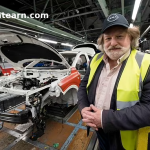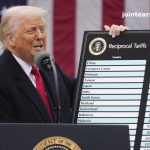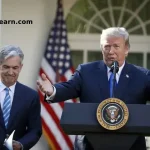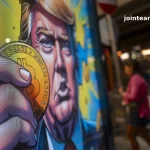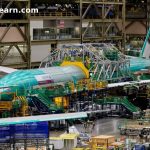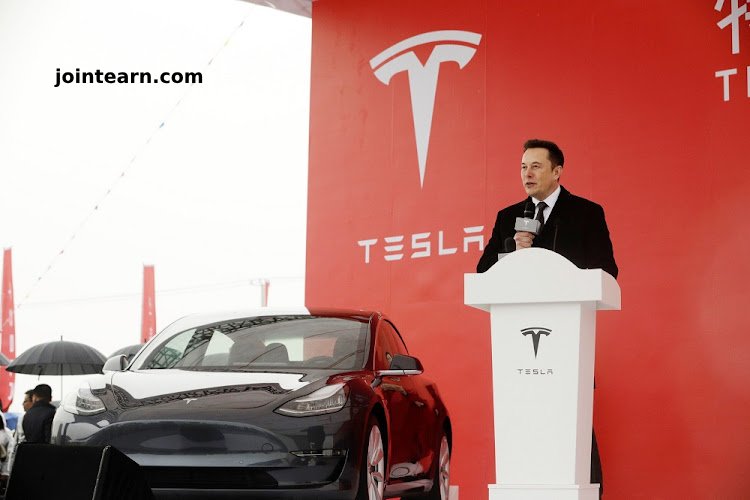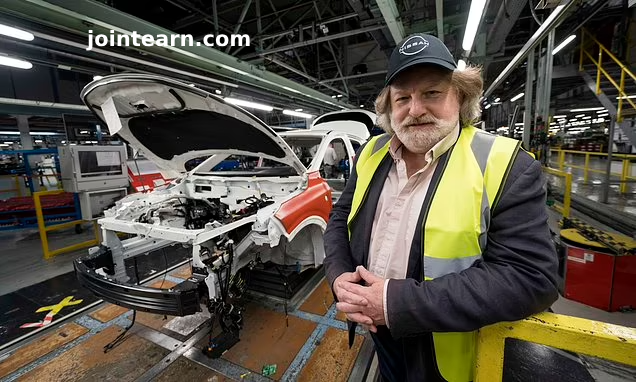Tesla CEO Elon Musk announced Tuesday that he will significantly reduce his involvement in the Department of Government Efficiency (DOGE) starting next month—a move welcomed by investors amid growing concerns over his time allocation and the brand’s deteriorating public image.
The announcement came during Tesla’s earnings call, as the company reported a dramatic 71% drop in quarterly net income and a 20% decline in automotive revenue. The sell-off in Tesla shares over recent months has reflected mounting unease around Musk’s focus on political matters while core businesses like Tesla, SpaceX, xAI, and Neuralink navigate economic and regulatory volatility.
DOGE Fallout Triggers Protests, Brand Erosion
Musk has been under intense scrutiny for his leadership of DOGE, a Trump administration initiative aimed at cutting federal jobs and reducing bureaucracy. The project has sparked nationwide protests, vandalism at Tesla showrooms, and consumer boycotts that analysts say have contributed to softened demand.
“The large slog of work necessary to get the DOGE team in place… is mostly done,” Musk said on the earnings call. But notably, he still plans to spend about 40% of his time on DOGE, despite investor pressure to return his full attention to Tesla.
Shares of Tesla initially rose more than 5.5% in after-hours trading following Musk’s comments, bouncing slightly from a multi-month slide that’s seen the stock fall nearly 50% since December.
Trade Turmoil and Auto Sales Slump
Beyond DOGE, Tesla is also reeling from macroeconomic forces and escalating trade tensions. Musk warned that 145% U.S. tariffs on Chinese imports have disrupted parts sourcing, prompting Tesla to pause imports of some China-sourced components. China responded with retaliatory tariffs, forcing Tesla to suspend Model S and Model X orders in the region.
The company’s report acknowledged that “shifting global trade policy” and “changing political sentiment” were key risks for its growth outlook, and it may reassess forecasts in three months. “Economic uncertainty causes people to pause on doing a major capital purchase like a car,” Musk said.
Despite slightly stronger-than-expected margins (12.5% versus an expected 11.8%), Tesla missed top-line expectations with $19.34 billion in revenue, falling short of analysts’ $21.11 billion forecast. The company also confirmed that deliveries fell 13% in Q1 and may decline for a second straight year in 2025.
Analysts: Musk Still Too Distracted
Market experts say Musk’s partial re-engagement isn’t enough. “To see a meaningful move in the stock, we would need to see a headline more like ‘Musk to leave DOGE to refocus on Tesla,’” said Shawn Campbell of Camelthorn Investments.
While Musk is slowly re-engaging, he now has to divide his attention across Tesla, SpaceX, and emerging ventures like xAI and Neuralink. Critics argue this multi-company juggle leaves Tesla vulnerable during a critical transition period.
Affordable EVs and Robotaxis Still on Track—Sort of
Despite the setbacks, Tesla says it’s on course to launch a lower-cost EV in the first half of 2025, seen as a pivotal driver for future growth. Instead of developing a completely new platform, the company is modifying existing Model Y production lines to create a stripped-down version aimed at budget-conscious buyers.
“The ramp might be slower than we hoped,” said Tesla’s engineering VP Lars Moravy, “but there is nothing preventing us from hitting that timeline.”
Meanwhile, Tesla’s robotaxi project in Austin remains slated for a June debut, though regulatory approvals and autonomous vehicle safety concerns continue to pose risks. Musk said he expects “millions” of fully autonomous Teslas on the road by late 2026—a bold claim, given past overpromises.
Bottom Line
Musk’s decision to cut back his time with DOGE may offer temporary relief to shareholders, but the real test lies ahead. With political backlash, trade disruptions, and dwindling demand, Tesla faces a critical inflection point—and whether Musk can steer it back to growth remains to be seen.



